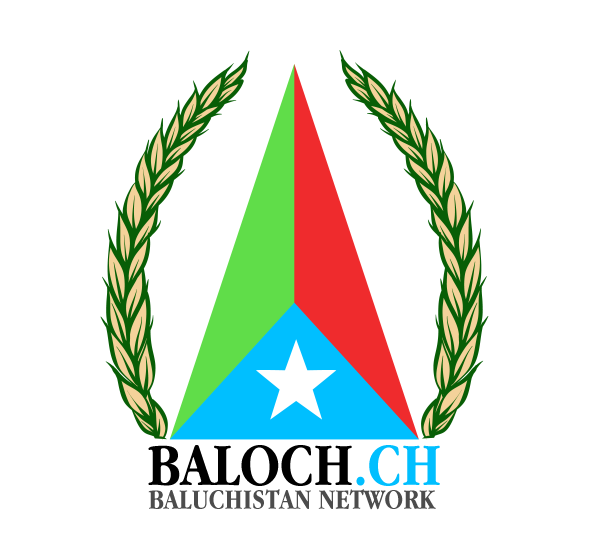Baluchistan, which is occupied by force by IRAN & Pakistan. Baluchistan is rich in natural resources. Here’s a breakdown of its wealth by liquids, solids, and other resources:
Liquids
Oil: Baluchistan has significant reserves of oil. As of my last update, the estimated oil reserves in Baluchistan are around 1.2 billion barrels.
Natural Gas: The province is also abundant in natural gas. The estimated reserves of natural gas in Baluchistan are around 20 trillion cubic feet (tcf).
Water: Although not a resource that can be extracted and sold like oil or gas, Baluchistan has substantial water resources, including rivers and groundwater, which are crucial for agriculture and human consumption.





Solids:
Coal: Baluchistan is home to one of the world’s largest coal reserves. The estimated coal reserves in the province are around 217 billion tons.
Copper: Baluchistan has significant copper deposits, with estimated reserves of around 5.9 million tons.
Gold: There are also substantial gold deposits in Baluchistan. The estimated gold reserves are around 50 million ounces.
Chromite: Baluchistan is a major producer of chromite, with estimated reserves of around 230 million tons.
Limestone and Dolomite: Baluchistan has vast reserves of limestone and dolomite, which are essential raw materials for the cement industry.
Other Resources:
Minerals: Apart from the major resources mentioned above, Baluchistan is also rich in various other minerals, including gypsum, barite, and magnetite.
Agricultural Land: Despite its arid climate, Baluchistan has fertile lands suitable for agriculture, especially in areas with access to irrigation.
Renewable Energy Potential: Baluchistan has significant potential for renewable energy, including solar and wind power, due to its sunny climate and windy coastal areas.
Tourism: Baluchistan has a rich cultural heritage and stunning landscapes, making it potential for tourism development, although it’s not fully tapped yet.
Other Resources:
Salt: Baluchistan has substantial salt mines, which contribute to Iran’s salt production.
Fisheries: The coastal areas of Iranian Baluchistan have potential for fisheries due to the access to the Gulf of Oman and the Arabian Sea.

Agriculture

EcoPower Generation Initiative

Tomorrow’s Sustainable Technology
“Agriculture in Baluchistan faces challenges due to its arid and semi-arid climate. However, with the development of irrigation systems and the use of modern agricultural practices, there’s potential for growth in certain crops and livestock farming.”
– Dave Brown, Business Owner
Crops:
Date Palm: Dates are a significant agricultural product in the region.
Wheat and Barley: These grains are grown, especially in areas with better access to water.
Fruits: Some fruits like pomegranates and citrus fruits are also grown.
Livestock:
Sheep and Goats: These are the most common livestock raised in the region due to their adaptability to the arid climate.
Camels: Camels are also raised for transportation and meat.
Cattle: Dairy and beef cattle farming is also present, though to a lesser extent than sheep and goats.


Vivamus magna justo, lacinia eget consectetur sed, convallis at tellus. Proin eget tortor risus.

Challenges:
Infrastructure: Limited infrastructure and access to markets can hinder the development and export of resources and agricultural products.
Political and Security Issues: The region has faced security challenges, which can affect investment and development projects.
Water Scarcity: Water scarcity is a significant challenge for agriculture in the region. Proper water management and conservation practices are essential for sustainable agriculture.
Land Degradation: Overgrazing and unsustainable agricultural practices can lead to land degradation, reducing agricultural productivity over time.
